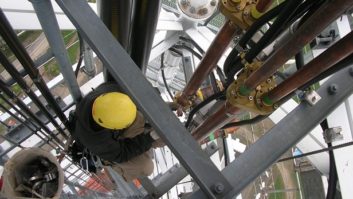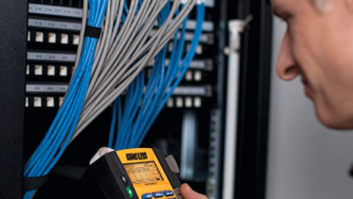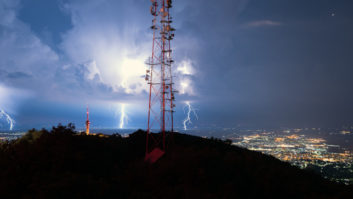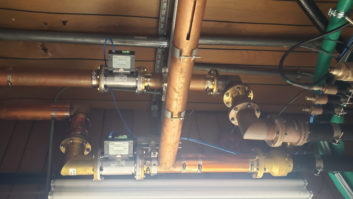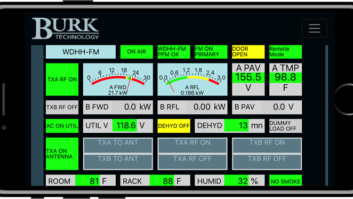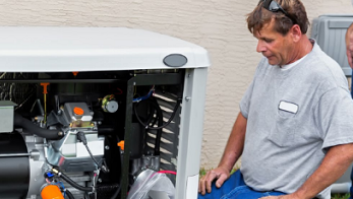The author is director, RF engineering at Shively Labs.
Just about anything can happen to cause failure in an RF system.
Antenna damage from wind, falling ice, lightning, tower work, vandalism, loose connections and aging components are just a few. When an engineer has multiple systems to take care of, something always seems to be in need of attention.
One way we have some control over such failures is regular system maintenance.
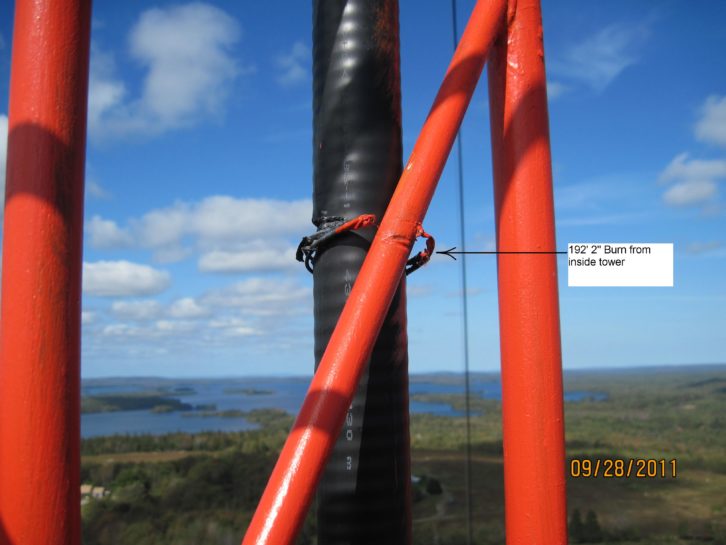
Burns are visible where wire had been used to secure a flexible 3-inch line.
Have you ever checked site parameters after a significant weather event and found that some parameter had changed — not to the point of failure, but enough to prompt an investigation? Then upon a closer look you found damage that needed repair?
Or perhaps on a routine site visit, you discovered excessive heat on one or more components, and upon further investigation found an elbow that was nearly kaput — it would have failed catastrophically within weeks or days.
This is proactive maintenance and repair. If these near-misses haven’t happened to you, they likely will.
Had you been unable to check those readings after that storm and thus could not notice increasing VSWR, or had you not visited that site and noticed the hot elbow, the condition would have persisted, worsened and eventually failed, taking your station off the air.
That call usually comes at midnight on Super Bowl weekend.
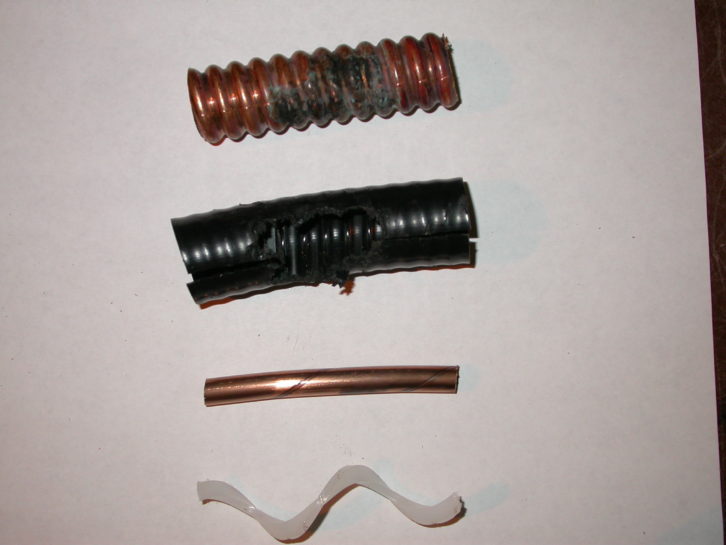
Checking sites that have suffered through extreme weather events is a prudent practice. So are regular visits, even to sites that may be considered trouble-free. The periodicity will vary — more frequent for trouble sites, perhaps quarterly or even semiannually for more reliable sites.
Annual tower climbs are great if it’s in the budget, but when they are not possible, we come back to intimate knowledge of system performance and those baselines, and running history logs that allow us to review for any indication that a problem has started and at what rate it is changing.
This can be useful information when determining if you need to scramble to make a maintenance visit immediately or can schedule for a later date.
Sample issues
Some things to look for when inspecting for damage in an antenna:
- Loss of dry air pressure, whether entirely or through a slow leak.
- Missing or damaged radiators. Pay close attention to the ends of the radiator and the feed points.
- Kinked, compressed or burned cables.
- Broken or unsealed radomes and/or plugged drains that cause water to collect.
In more complex systems, the power dividers and coaxial lines should be installed without undue mechanical stress on the components.
The coax should have the appropriate hangers and fasteners where they cross tower members or other antenna feed components. Consult the manufacturer for specific recommendations and best practices.
Antennas that have deicers systems usually have an external wiring harness to distribute AC power to each heating element within each radiator. The manufacturer will have the resistive values for each element and current draw to expect.
An ammeter measurement of each leg of the circuit, including the neutral, will give the first clues to the condition of the deicer system.
If the wiring harness was not installed correctly or fasteners have fallen away over time, the harness can hang in the high RF environment. This can cause reflected power issues at the transmitter and changes in coverage; it can cause currents to be induced into the wiring harness, and voltages large enough to cause arcing between the conductors of the wiring harness and tower members or other cables that pass in close proximity.
This is an excerpt of an article “Tips for RF System Installation and Maintenance” you can read in full in Radio World’s “Mission-Critical: Maintaining Your Transmitter Site” ebook.
